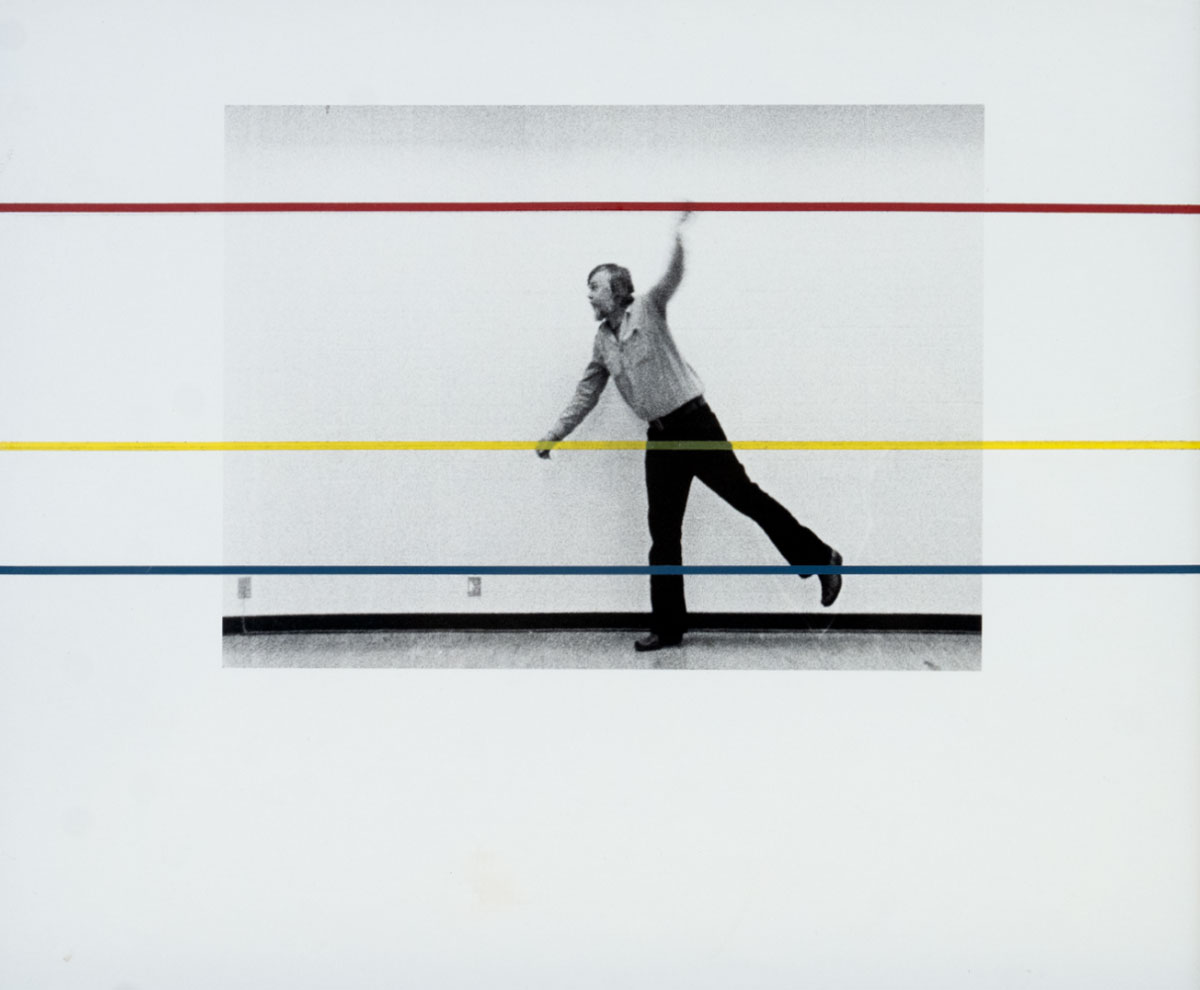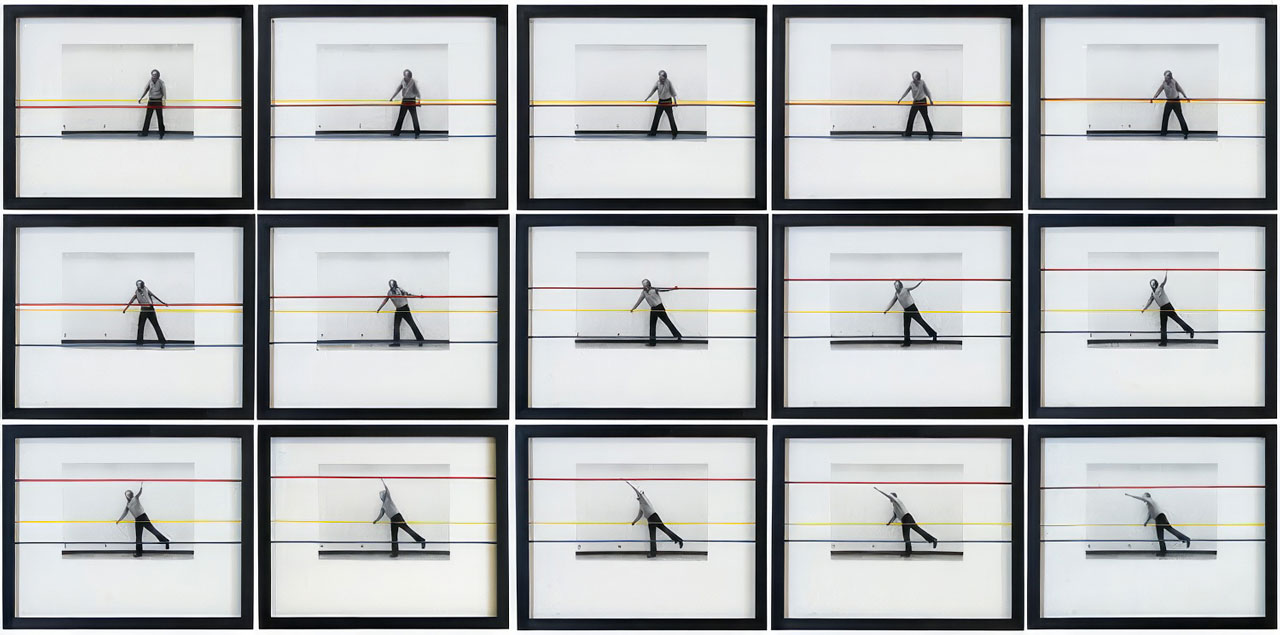PREVIEW: John Baldessari-The End of the Line
 John Baldessari created conceptual art that asks questions about what art is, how it is made and what it looks like. Combining imagery from pop culture with linguistic explorations, his work challenged artistic norms and limits throughout his entire career. The exhibition of around 30 works in Moderna Museet, is the first extensive presentation of his work in Sweden.
John Baldessari created conceptual art that asks questions about what art is, how it is made and what it looks like. Combining imagery from pop culture with linguistic explorations, his work challenged artistic norms and limits throughout his entire career. The exhibition of around 30 works in Moderna Museet, is the first extensive presentation of his work in Sweden.
By Efi Michalarou
Photo: Fundación Malba Archive
The exhibition “The End of the Line” is the first South American survey devoted to John Baldessari, the great pioneer of conceptual art. The exhibition features a selection of 45 works, spanning paintings, photographs and installations drawn from the collection of Craig Robins – a friend, promoter, close interlocutor and one of the most important collectors of Baldessari’s work. The exhibition reviews 50 years of the artist’s work organized in four thematic groupings and highlights Baldessari’s foundational works from the 1960s and ’70s; the radical incineration of his own work; his serial approach to photography; and his ongoing exploration of the interplay between imagery and language, between the world of text and that of ideas. The work “Throwing a Ball Once to Get Three Melodies and Fifteen Chords” by John Baldessari is the starting point, literal trigger of the concert “Buckets for piano” by Lucas Urdamp will be performed on 22/8/2024. Is this work plausible of a musical performance? Can its title be taken as an instruction or guideline whose result has a sound correlation? Would a pianist suppose that by throwing a ball on a surface you can get exactly three melodies and fifteen chords? Would you cease to be faithful to the source if the result was different? Is the ball the sound device? Is the generating surface of the material? Should the performer decipher the work as if it were a code and use criteria similar to those used to decipher a traditional score, establishing a system of heights, durations, intensities, and timbres that are assimilated to the proportions, extensions, gestures, and colors that appear in it? Could the title actually be an invitation to play with improvisation based on stimuli arising from the text/object? To seek in his becoming and movement a performative development? All these questions mark the starting point of this recital, in which Baldessari’s music will dialogue with works by John Cage, Christian Wolff and Morton Feldman, conducted by pianist Lucas Urdampilleta.
John Baldessari was born in National City, California, 11 miles from the United States-Mexico border. He began his artistic career in the field of painting after studying art in San Diego State College. In 1966, he started incorporating texts and photographs into his canvases, launching the series of text-paintings in which he distanced himself, for the first time, from the manual autography traditionally associated with art. In his 1970 Cremation Project, he incinerated most of his paintings in a local San Diego mortuary, distinguishing his early production from his mature body of work–a gesture of reinvention that he reiterated the following year with “I Will Not Make Any More Boring Art” (1971). Through a multidisciplinary practice encompassing video works, printmaking, collage, installation, sculpture, and photography, he developed an investigation into the narrative nature of the figure, and the associative potential of language, through the juxtaposition of text and image. Baldessari is recognized for the profound influence he had on generations of artists over the course of five decades of teaching in California. In 1970, he began teaching at the newly founded CalArts (California Institute of the Arts), where he offered his renowned Post-Studio Art course until 1988. Between 1996 and 2005, he continued his pedagogical career at UCLA (University of California, Los Angeles).
Photo: John Baldessari, From the series “Throwing a Ball Once to Get Three Melodies and Fifteen Chords”, 1975 Courtesy: © John Baldessari 1975; Estate of John Baldessari © 2024; John Baldessari Family Foundation; Sprüth Magers
Info: Curator: Karen Grimson, Fundación Malba (Museo de Arte Latinoamericano de Buenos Aires), Av. Figueroa Alcorta 3415, Buenos Aires, Argentina, Duration: 17/7/18/11/2024, Days & Hours: Mon & Thu-Sun 12:00-20:00, Wed 11:00-20:00, www.malba.org.ar/

